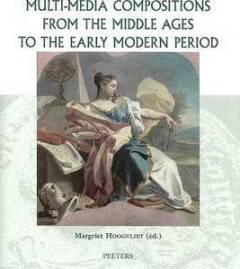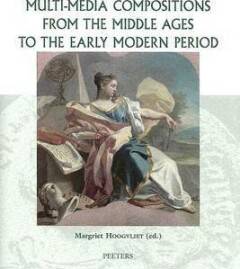
- Afhalen na 1 uur in een winkel met voorraad
- Gratis thuislevering in België vanaf € 30
- Ruim aanbod met 7 miljoen producten
- Afhalen na 1 uur in een winkel met voorraad
- Gratis thuislevering in België vanaf € 30
- Ruim aanbod met 7 miljoen producten
Zoeken
Multi-Media Compositions from the Middle Ages to the Early Modern Period
Hoogvliet M.
€ 45,00
+ 90 punten
Omschrijving
Since the introduction of the personal computer, multi-media has become an important ingredient of modern life. Yet the combination of different media has a long history in western European culture: during the Middle Ages and early modern period, artists from various disciplines collaborated frequently and produced amazingly complex multi-media art works. The contributions to this volume in the series Groningen Studies in Cultural Change take up the challenge to go 'beyond comparatism' in order to study combinations of the arts in the most literal sense of the word and explore the changing attitudes towards the production and perception of multi-media art from the Middle Ages to the early modern period. The topics range from the epistemology of word and image combined, multi-media interior decoration, early forms of 'Totaltheater', political communication, the emotive effects of Lutherian poetry and music, to the eighteenth century French critics of 'ut pictura poesis'.
Specificaties
Betrokkenen
- Auteur(s):
- Uitgeverij:
Inhoud
- Aantal bladzijden:
- 195
- Taal:
- Engels
- Reeks:
- Reeksnummer:
- nr. 9
Eigenschappen
- Productcode (EAN):
- 9789042915329
- Verschijningsdatum:
- 31/12/2004
- Uitvoering:
- Hardcover
- Formaat:
- Genaaid
- Afmetingen:
- 167 mm x 250 mm
- Gewicht:
- 589 g

Alleen bij Standaard Boekhandel
+ 90 punten op je klantenkaart van Standaard Boekhandel
Beoordelingen
We publiceren alleen reviews die voldoen aan de voorwaarden voor reviews. Bekijk onze voorwaarden voor reviews.











